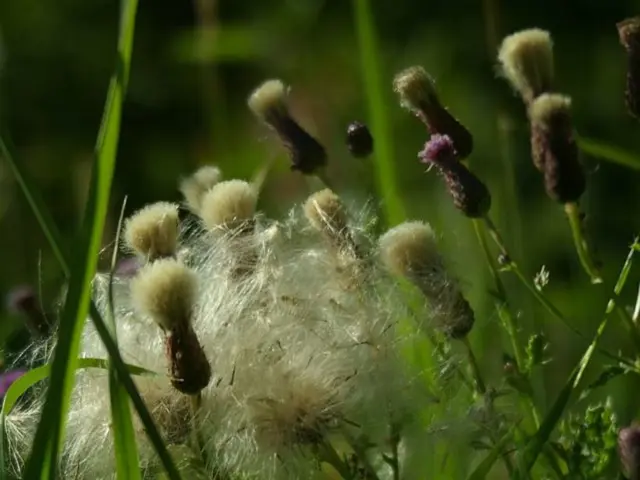Gardeners' Blunders Harming Tomatoes: Critical Errors to Correct when Nurturing This Fruit
Properly Fertilizing Tomatoes for Optimal Growth
Tomatoes thrive in soil that is neither too rich nor overly fertilized. Over-fertilization can lead to detrimental effects, such as hindered fruiting and potential late blight development.
Avoid adding manure or chicken manure to the planting holes when transplanting seedlings. The vigorous growth that results from such additions can negatively impact the plants' ability to fruit.
It is also advisable to limit the use of cow manure solution as a fertilizer to two or three occasions throughout the growing season. Overuse can potentially harm the plants. A better approach is to underfeed rather than overfeed.
Excessive use of other organic fertilizers, including urea, can also be harmful to tomatoes. When transplanting seedlings, refrain from adding urea to the planting holes and avoid frequent watering with it. However, a urea solution (1 tablespoon per 10 liters of water) can be sprayed on tomato leaves at the beginning of the plant's development, no later than the first week of June.
The initial fertilization of tomatoes planted in open ground is recommended at the end of May or during the first decade of June. To prepare the fertilizer solution, combine:
- 1 tablespoon of nitrochalk
- 0.5 liters of cow manure
- 1-2 tablets of microfertilizers
- 0.5 teaspoons of boric acid
- 10 liters of water
Use this solution to water each plant, using 1 liter per plant.
A second fertilization is recommended at the beginning of July. The solution for this round comprises:
- 1 tablespoon of potassium sulfate
- 0.5 liters of cow manure
- 1-2 tablets of microfertilizers
- 10 liters of water
Again, use 1 liter of this solution per plant.
From mid-July, cease fertilizing and only water the plants as needed, avoiding sudden fluctuations in soil moisture. Extra fertilizations and waterings can increase the leaf surface area of the plants and delay the ripening of already formed fruits. However, a lean, not fertile, soil promotes faster mass ripening of fruits.
When fertilizing tomatoes, choose either a balanced fertilizer or a tomato-specific one with a slightly higher phosphorus content to encourage fruiting. High-nitrogen fertilizers should be reduced or avoided once the plants start setting fruit to prevent excessive leaf growth at the expense of fruit production.
Compost and mulch can be incorporated into the soil to provide a slow release of nutrients and to retain moisture while suppressing weeds. Regular inspections of the plants are essential to monitor their health and adjust fertilization strategies accordingly.
If using drip irrigation systems, consider the optional practice of fertigation, which involves injecting fertilizer into the irrigation system for precise nutrient delivery at each growth stage.
By adhering to these guidelines, you can ensure your tomato plants receive the necessary nutrients without over-fertilizing.
Maintaining a balanced lifestyle and home-and-garden practices is essential for optimal tomato growth. This includes gardening techniques that avoid over-fertilization, such as limiting the use of cow manure solution and urea, to prevent potential harm to the plants and ensure proper fruiting.








